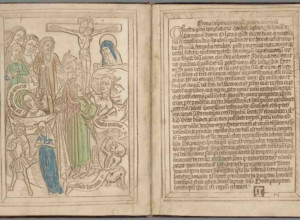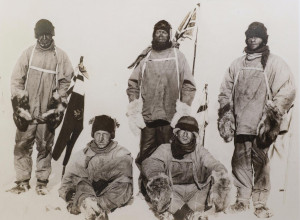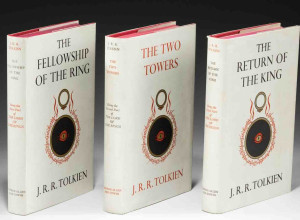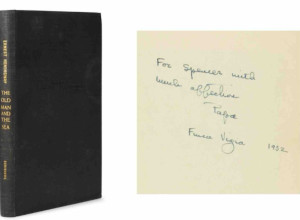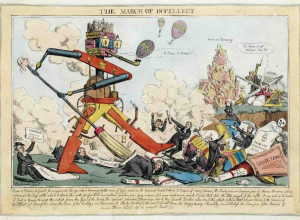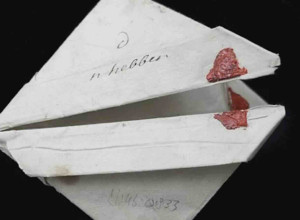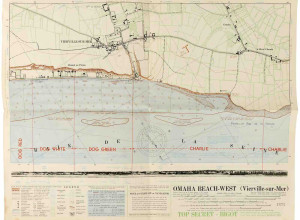March 21, 2013 |
Straw Paper
Random House of Canada has recently published special editions of The Life of Pi by Yann Martel and Dear Life by Alice Munro printed entirely on straw paper. The books were produced in conjunction with Canopy, a Canadian environmental non-profit seeking to raise awareness of alternative paper sources. The Life of Pi, produced in a run of 300 copies, is signed by Yann Martel and offered for sale on Canopy's website for $250. The 50 copies of Dear Life are signed by Alice Munro and retail for $500.


So, why straw? According to the figures offered on Canopy's website, millions of tons of straw are leftover each year after the grain harvest in Canada. Meanwhile, more than half of the logged forests around the world are transformed into paper products. Straw paper provides a way to preserve forests while transforming agricultural residue. The idea has recently gained considerable traction in Canada, where the office supply chain Staples has agreed to carry straw copy paper in all of their Canadian stores.
Of course, the idea of turning waste into paper is nothing new. Until the middle of the 19th century, most of the paper produced in America was made out of recycled linen and rags. During the paper shortage of WWII, some paper mills also experimented with the production of straw paper, a practice that continued for some years after the War.
Canopy would like to export their model to the United States and are currently seeking an author and publisher to produce a special straw edition similar to the Martel and Munro titles.
I've never handled straw paper but am intrigued by the idea and support the philosophy behind the project. Judging from their covers, the straw editions of The Life of Pi and Dear Life look like lovely objects.






